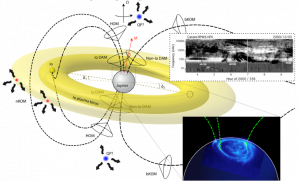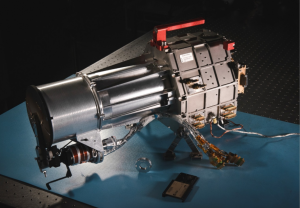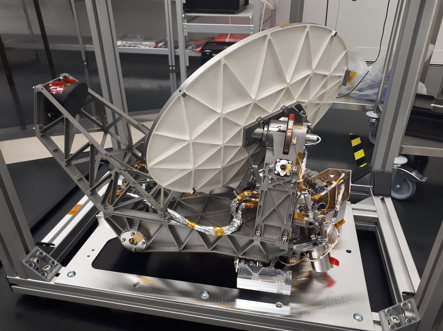
Submillimetre Wave Instrument (SWI): Onboard JUICE:
The JUpiter ICy moon Explorer (JUICE) is an ESA-led mission with strong involvement from Japan. The “ONBOARD JUICE” series looks at the instruments on JUICE for which Japan has contributed hardware or expertise. An introduction to the mission and instrument overview can be found [here].
Source: Max Planck Institute for Solar System Research

The Submillimetre Wave Instrument (SWI) onboard JUICE will investigate the Galilean moons of the giant planet Jupiter, the chemistry, meteorology, and structure of Jupiter’s middle atmosphere as well as atmospheric and magnetospheric coupling processes. By characterising Jupiter as a planet and possible habitat, and the investigation of more recent active areas within Europa’s ice crust, SWI will provide data for further investigations of habitability on the Galilean moons Ganymede, Europa and Callisto. Furthermore, the instrument will investigate the Jupiter system as an archetype of a gas giant planet and characterise Jupiter’s atmosphere as well as its rings and moons.
SWI is a sub-millimetre wave heterodyne spectrometer, consisting of two channels that measure spectra in the wavelengths ranges around 520 µm (530 GHz – 625 GHz) and 250 µm (1080 – 1275 GHz) with a spectral resolution of 107.
This will allow SWI to be able to:
- Perform a detailed characterisation of the dynamics and composition of Jupiter’s stratosphere as well as its coupling to the underlying and overlying atmosphere,
- Perform in a unique and unprecedented characterisation of the thin atmospheres and exospheres of the Galilean moons; determine their sources and sinks; investigate the interaction with Jupiter’s magnetosphere,
- Determine the dominant isotopic ratios in the atmospheres of Jupiter and the Galilean moons, and therefore the origin and evolution of the entire Jupiter system,
- Measure the characteristics of the icy moons’ surfaces and subsurface and their composition,
- Determine the molecular composition of plumes caused by cryovolcanic activity as recently observed on Europa in order to constrain the chemical evolution of the satellite’s interior.
Further information:
The JUICE Mission: Japan joins ESA to head to the icy moons
JUICE Japan website


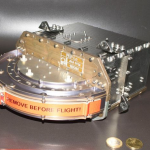 Previous Post
Previous Post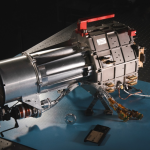 Next Post
Next Post

